Interstitial Cystitis is also known as BPS or Bladder Pain Syndrome. It causes pain in the pelvis or urinary bladder, producing an urgent need and frequent need to void. This disorder commonly occurs in women.
Method of Diagnosis
In order to diagnose whether there is Interstitial Cystitis, your health care giver will use a Cystoscopy, which is a thin tube, which has a light at the end of the tube. This cystoscopy will be inserted into the bladder to enable the doctor to study the bladder for signs of interstitial cystitis. An additional test, a urine analysis may be performed to rule out urinary tract infections.
Causes
No clear cause has been, as yet, identified. However, it is thought that the abnormal change in the lining of the bladder causes BPS. Consequently treatment is focused more on treating the symptoms, rather than the cause.
Symptoms of BPS
The origin of the pain, which can be mild and could progress to be severe, is either in the pelvis or bladder region and often goes away after voiding. BPS also produces other symptoms such as:
- Need to frequently urinate during the day as well as in the night
- A discomfort and constant feeling of pressure on the bladder, consequently causing a feeling of a need to urinate
- Pain in the lower abdomen or pelvic region
In some cases it is possible for those affected by BPS to experience no pain for several days / weeks.
Treatment
- Bladder Control – Note the frequency of when you urinate. Say if it is every 20 to 30 minutes. Then try holding on for another ten or fifteen minutes and then urinate. Continue this pattern for a week and slowly keep increasing the time limit to an hour, then an hour and half and finally try and bring it to 2 ½ hours.
- Physical Therapy – A physical therapist who is trained in pelvic floor exercises, can help you with exercises that will help relax the muscles in your buttocks, groin and lower abdomen.
- Medications – Medications both oral and insertions in the bladder may be prescribed to kill the pain and improve bladder control
- Electrical Simulations = Mild electrical pulses are used to block nerve pain
- Other forms of treatment – these other forms of treatment have helped some people – Acupuncture, biofeedback and transcutaneous electrical nerve stimulations.
- Surgery – if none of the other treatment methods can resolve BPS, then surgery may be performed to repair the bladder or alleviate the nerve pain
Managing Chronic BPS
- Maintain an active lifestyle which does not generate pain. Walk, perform yoga or Pilates
- If sitting for long periods causes pain then using a standing posture to do work or any other activity, may help
- Eat those foods which help avoid the pain from occurring. Spicy foods may be avoided, together with alcohol and coffee
- Lower stress levels by listening to calming music, meditate, or take warm water baths
Don’t forget to consult your doctor and follow his / her advice.


























